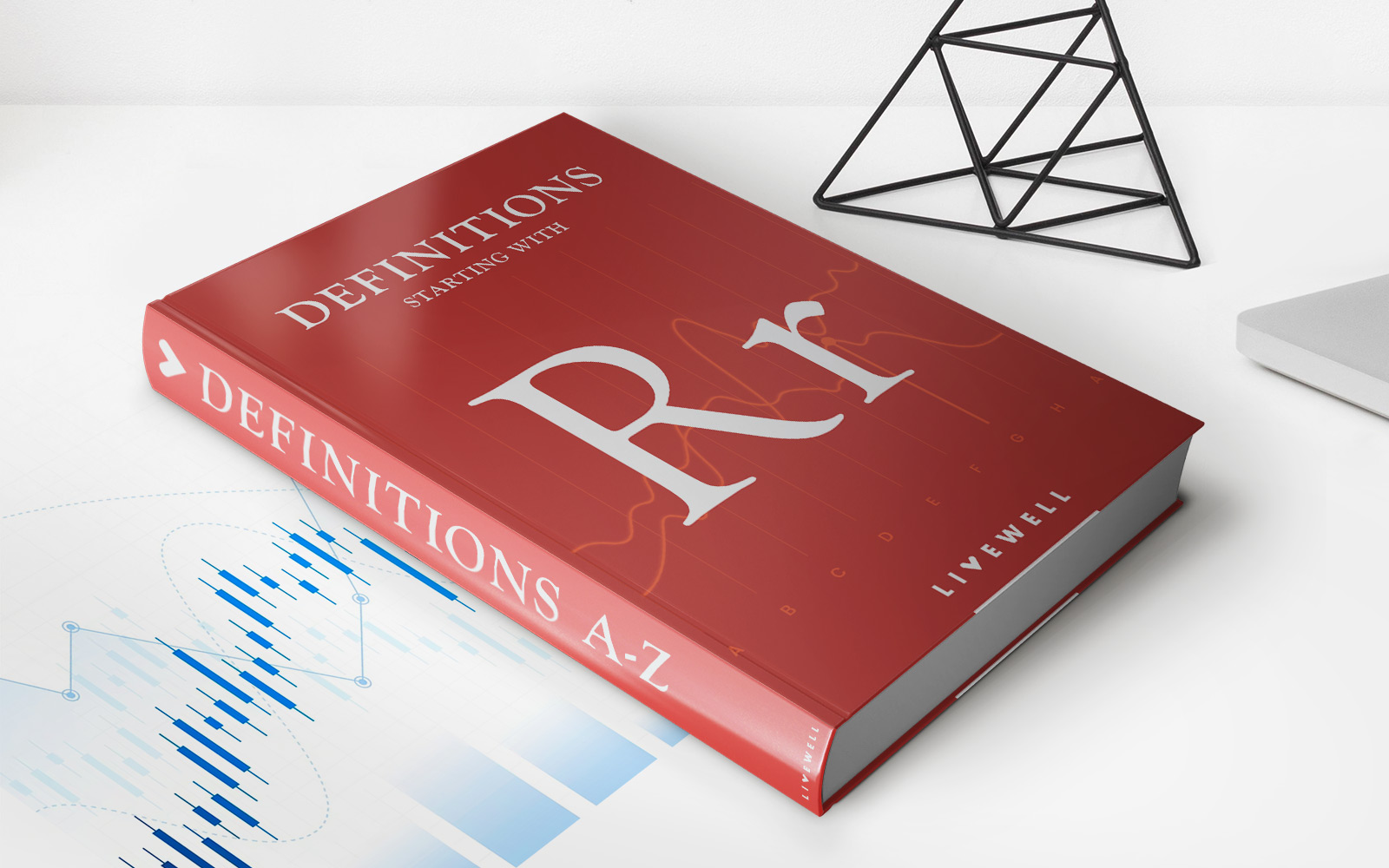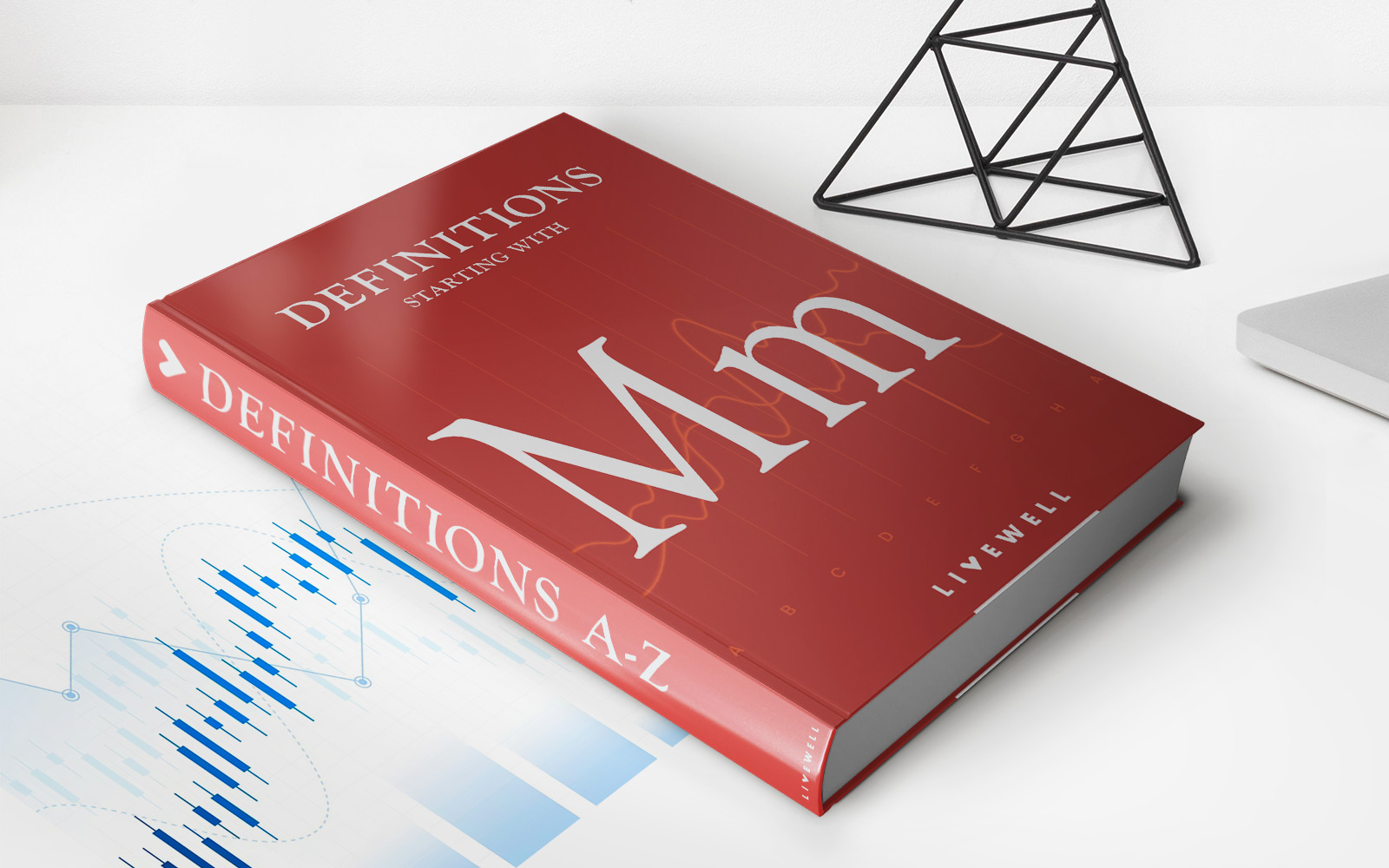

Finance
Off-The-Run Treasury Yield Curve Definition
Published: January 2, 2024
Learn about the definition of Off-The-Run Treasury Yield Curve in finance and its significance. Enhance your understanding of this key financial concept.
(Many of the links in this article redirect to a specific reviewed product. Your purchase of these products through affiliate links helps to generate commission for LiveWell, at no extra cost. Learn more)
Unlocking the Secrets of the Off-The-Run Treasury Yield Curve
Are you looking to deepen your understanding of finance and make informed investment decisions? Then you’ve come to the right place! In this blog post, we will dive into the fascinating world of the Off-The-Run Treasury Yield Curve – a topic widely discussed in finance and investment circles. We’ll demystify this concept for you, explain its significance, and provide valuable insights that will help you navigate the financial landscape with confidence.
Key Takeaways:
- The Off-The-Run Treasury Yield Curve represents the relationship between the yields of U.S. Treasury securities that are not the most recently issued.
- Understanding the Off-The-Run Treasury Yield Curve is crucial for investors and analysts to assess the market’s expectations of future interest rate movements.
So, what exactly is the Off-The-Run Treasury Yield Curve? Let’s break it down. When the U.S. Treasury Department issues new bonds, these bonds are considered “on-the-run.” However, as time passes, these bonds become older and are referred to as “off-the-run.” The Off-The-Run Treasury Yield Curve portrays the current yields of these older bonds across various maturities.
Now, you might be wondering, why does this matter? Well, the Off-The-Run Treasury Yield Curve is a vital tool used by investors and analysts to gain insights into market sentiment and expectations regarding future interest rate movements. By examining the yield curve, individuals and institutions can better understand the relationship between different maturities of bonds and the implied market expectations for interest rates.
Here are some key reasons why investors pay attention to the Off-The-Run Treasury Yield Curve:
- Financial Market Analysis: The yield curve reflects market sentiment, indicating the market’s expectations of future interest rates. It helps analysts assess whether the market anticipates higher or lower interest rates in the future. This information can be valuable in making investment decisions and formulating interest rate strategies.
- Historical Context: By comparing the Off-The-Run Treasury Yield Curve with historical yield curves, investors can identify trends and patterns that may provide insights into future market movements. This information can give investors a competitive edge in predicting market behavior.
- Shape of the Curve: The shape of the Off-The-Run Treasury Yield Curve, whether it is steep, flat, or inverted, can provide further insights into the market’s expectations. Each curve shape has different implications for the economy and financial markets, helping investors assess the level of risk associated with different types of investments.
- Monetary Policy: Changes in the Off-The-Run Treasury Yield Curve can also reflect the impact of monetary policy decisions made by central banks. For example, if the yield curve steepens after a central bank raises interest rates, it could indicate expectations of economic growth and potentially impact investment strategies.
In conclusion, the Off-The-Run Treasury Yield Curve is an essential tool for investors and analysts to understand market expectations and assess future interest rate movements. By examining the relationship between yields of older U.S. Treasury bonds, individuals and institutions can make more informed investment decisions. So dive into this intriguing topic, explore the world of finance in greater detail, and unlock new opportunities for financial success!














